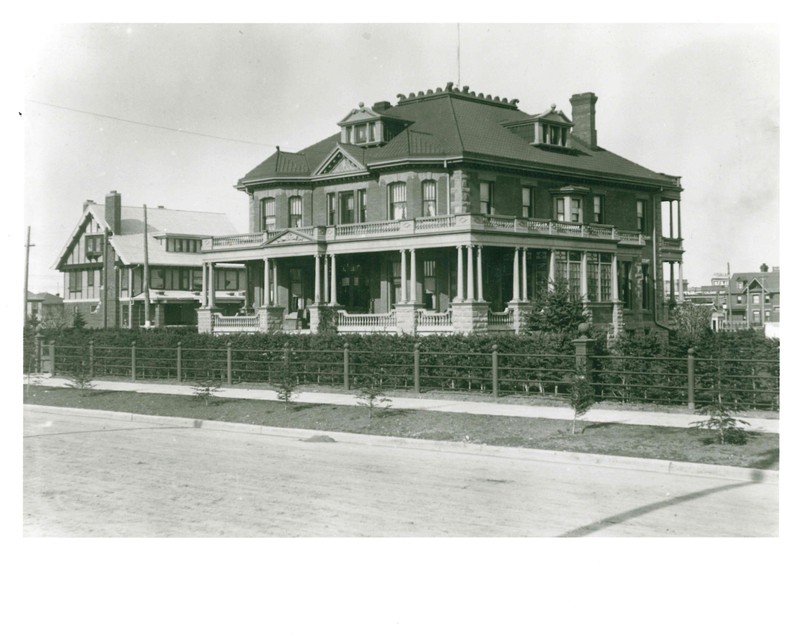Hull Estates
Introduction
Author-Uploaded Audio
Listen to a narration of this entry's description by Lougheed House National & Provincial Historic Site .
Text-to-speech Audio
Images
"Langmore" William Roper Hull Residence c. 1910.

Demolition of Hull House, 1970

Backstory and Context
Text-to-speech Audio
True to his British heritage, Hull turned the grounds into a lawn for tennis, croquet, and lawn bowls. It was also the site of lavish garden parties. Tragically in 1970, Langmore was demolished to make way for the Hull Estates. The final photo of Langmore can be seen below. Even though Langmore was demolished, Hull left his mark on the city of Calgary in many ways. As a philanthropist, he contributed heavily to the local Canadian Red Cross and to various hospitals. Although childless he left the majority of his estate to a treatment centre for troubled children and that legacy continues today at William Roper Hall Child and Family Services (Hull Services).
Sources
.
NA. na-1702-13, Glenbow Archives
Glenbow Archives NA-2864-5805
